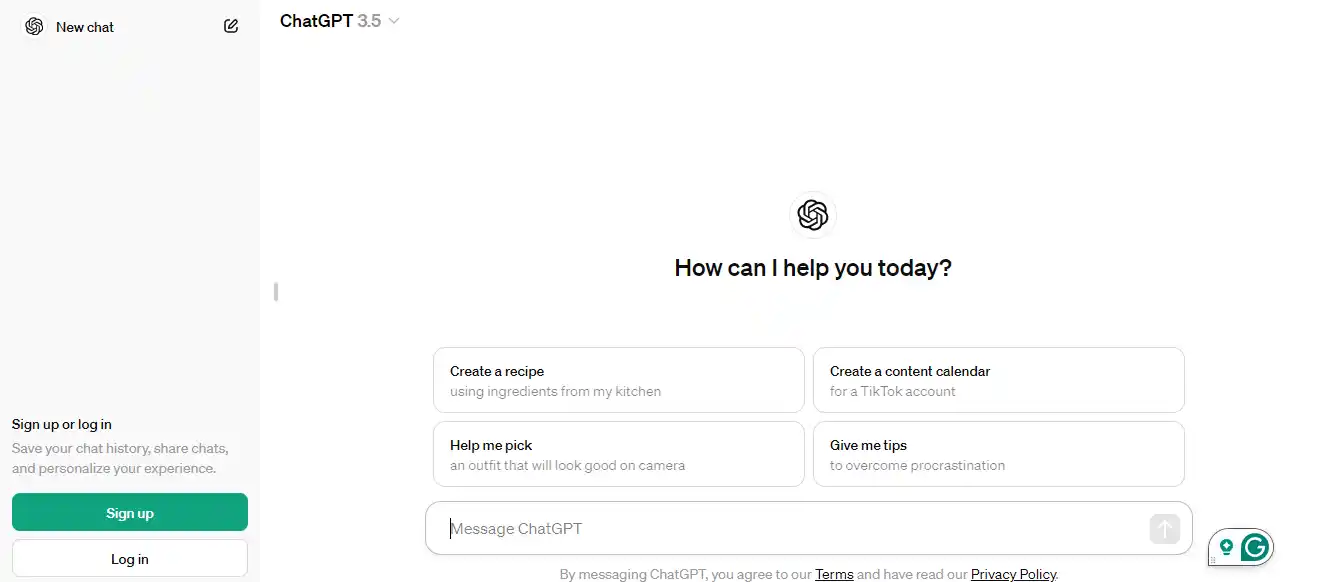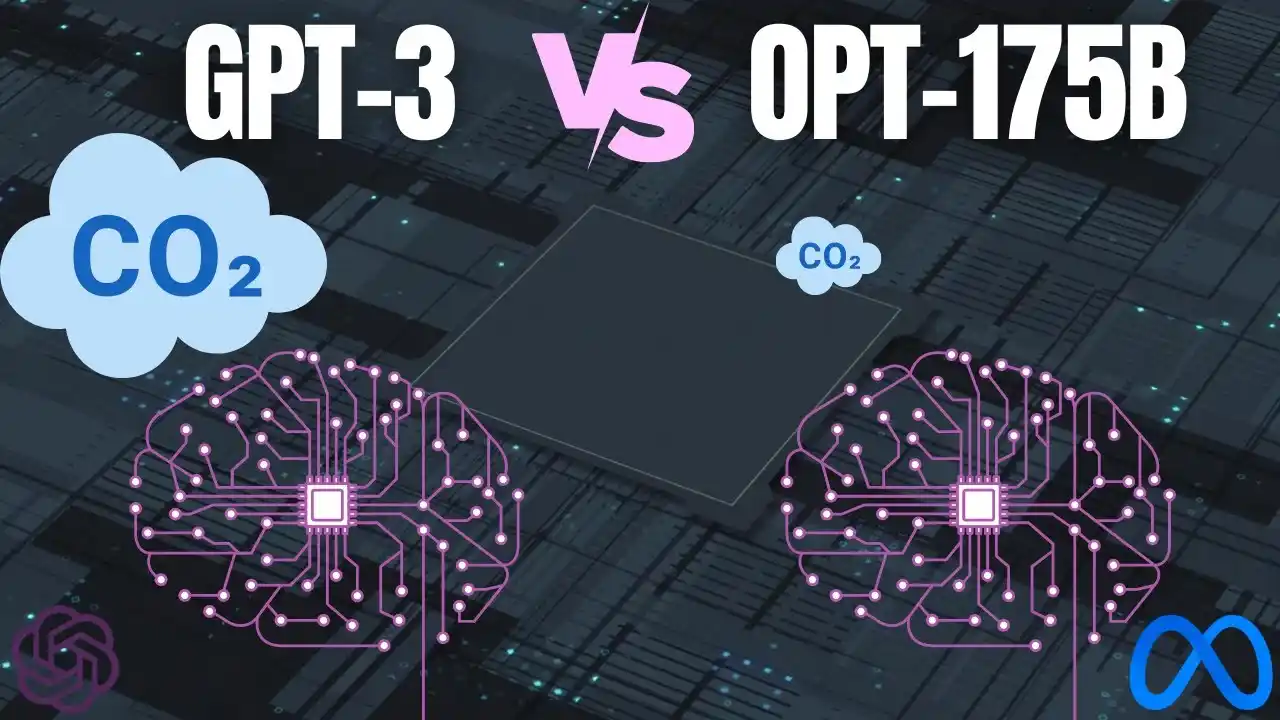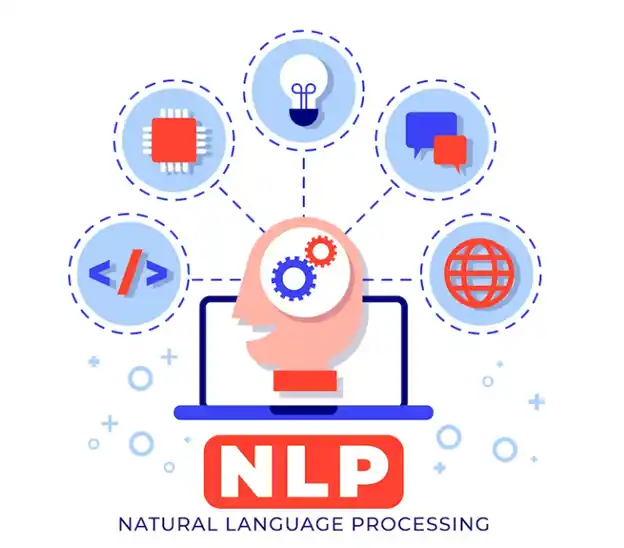Introduction
Large language models (LLMs) like GPT-3 and OPT-175B have been pushing the boundaries of natural language processing (NLP) capabilities.
GPT-3, developed by OpenAI, is a language model with 175 billion parameters. Meanwhile OPT-175B, created by Meta AI, is a similarly sized model with 175 billion parameters.
In a recent study by researchers at the University of Montreal, OPT-175B outperformed GPT-3 on a wide range of NLP tasks, including question answering, text summarization, and language generation.
Specifically, OPT-175B achieved an average score of 87.2% across various benchmarks, compared to GPT-3's average score of 84.6%.
However, it's important to note that the performance of these LLMs can vary depending on the specific task and evaluation criteria.
According to a report by Anthropic GPT-3 demonstrated superior performance in certain areas, such as open-ended generation and creative writing tasks.
The ongoing advancements in LLMs, including GPT-3 and OPT-175B, highlight the rapid progress in the field of artificial intelligence and natural language processing.
As these models continue to evolve, their applications are expected to become more diverse and impactful across various industries.
So which one is better? To know, continue reading the comparison between OPT-175B and GPT-3.
Understanding OPT-175B
OPT-175B is short for Optimus Prime-Turing model 175 billion.
It is a cutting-edge large language model (LLM) that has garnered significant attention in the field of natural language processing (NLP).
Developed by a team of researchers, OPT-175B represents a significant leap forward in LLM technology.
This LLM holds vast potential for various applications, such as text completion, language translation, chatbots, and even content generation.
Its significance lies in its ability to comprehend and generate human-like text. Thus making it an invaluable tool for industries like journalism, customer service, and content creation.
Capabilities and Features of OPT-175B
OPT-175B, developed by Meta AI, stands as a pioneering achievement in the realm of large language models (LLMs).
With an unprecedented parameter count of 175 billion, this LLM boasts remarkable capabilities that push the boundaries of natural language processing (NLP).
- Contextual Mastery: OPT-175B's immense size allows for a profound understanding of context, enabling it to generate responses that are accurate, relevant, and tailored to the given situation.
- Zero-shot and Few-shot Learning: One of OPT-175B's standout features is its ability to perform zero-shot and few-shot learning. This means the model can generate accurate responses for tasks it hasn't been specifically trained on, showcasing its versatility and adaptability.
- Language Comprehension Prowess: OPT-175B exhibits exceptional language comprehension capabilities, enabling it to grasp nuanced queries and provide concise and relevant answers. Its advanced contextual understanding contributes to its effectiveness in various NLP tasks.
Limitations or Drawbacks of OPT-175B
Running OPT-175B effectively requires significant computational resources due to its immense size.
This can strain hardware and impact processing times, potentially limiting accessibility for users with limited computing power or budget.
Like many language models, OPT-175B is trained on vast amounts of text available on the internet, which can inadvertently include biased content.
As a result, the generated outputs or responses may reflect the biases present in the training data, raising ethical concerns and challenges regarding fairness and inclusivity.
Despite these limitations, OPT-175B represents a groundbreaking achievement in the field of LLMs, showcasing the remarkable progress in natural language processing and artificial intelligence.
As research and development in this area continue, addressing the challenges and limitations will be crucial to unlocking the full potential of these powerful models.
Understanding GPT-3

GPT-3, or Generative Pre-trained Transformer 3, is a state-of-the-art large language model that has drawn significant attention within the NLP community.
Developed by OpenAI, GPT-3 stands as a testament to the advancements in language generation technology.
The significance of GPT-3 lies in its unparalleled capacity to generate coherent and contextually relevant text.
By training on an extensive range of sources, GPT-3 has acquired an impressive understanding of language patterns and structures. Thus leading to its seamless generation of human-like text.
Capabilities and Features of GPT-3
GPT-3 boasts remarkable capabilities that have made it a game-changer in the field of language processing.
Its size, with a staggering 175 billion parameters, gives it an edge in understanding complex language structures and connections.
One notable feature of GPT-3 is its impressive ability to perform text-based tasks with minimal to no fine-tuning.
This zero-shot learning capability allows GPT-3 to generate responses for a wide range of prompts, even if it has not been explicitly trained for those specific tasks. This versatility makes GPT-3 highly adaptable across various industries and applications.
Moreover, GPT-3 showcases impressive language fluency and coherence, generating text that is often indistinguishable from human-written content.
Its contextual understanding enables it to produce responses that align with the given input. Thus providing users with reliable and contextually appropriate outputs.
Suggested Reading:
BERT LLM vs GPT-3: Understanding the Key Differences
Limitations or Drawbacks of GPT-3
While GPT-3 has made significant strides in language generation, it does possess certain limitations.
One key drawback is the potential for generating factually inaccurate or misleading responses. Given its reliance on large quantities of training data, GPT-3 may occasionally produce outputs that lack factual accuracy or provide implausible information.
Another consideration is the considerable computational resources required to operate GPT-3 effectively.
Its size and complexity demand substantial hardware capabilities, which can pose challenges for users with limited resources or budget constraints.
Additionally, like other language models, GPT-3 may inadvertently exhibit biases present in the training data, potentially perpetuating or amplifying societal prejudices.
Ensuring responsible use of GPT-3 in contexts that require fairness and inclusivity remains an ongoing challenge.
Comparing OPT-175B and GPT-3

Given below is the ideal comparison between OPT-175B and GPT-3:
Strengths and Weaknesses of each LLM
OPT-175B and GPT-3 each possess unique strengths and weaknesses that make them suitable for different contexts.
OPT-175B excels in its advanced contextual understanding, allowing for accurate and precise responses. However, its computational requirements and potential biases are notable weaknesses.
On the other hand, GPT-3 impresses with its language fluency and coherence, generating text that closely resembles human writing.
However, its potential for factual inaccuracies and resource-intensive nature are weaknesses to consider.
Comparing NLP Efficiency

When it comes to natural language processing tasks, both OPT-175B and GPT-3 demonstrate impressive capabilities.
OPT-175B's extensive contextual understanding contributes to its accuracy and relevance in generating responses. GPT-3's zero-shot learning ability allows it to tackle various text-based tasks with minimal fine-tuning, making it highly adaptable.
In terms of generating human-like text, GPT-3 often excels by producing coherent and contextually relevant outputs.
Its training on a wide range of sources contributes to its impressive language fluency. OPT-175B also performs well in generating human-like text, benefiting from its deep understanding of context and language structures.
Speed and Efficiency of both Models
In terms of speed and efficiency, GPT-3 generally outperforms OPT-175B. GPT-3 operates relatively quickly, enabling faster processing times.
However, the larger size of OPT-175B slows down its performance, requiring more computational resources and potentially impacting overall efficiency.
And, if you want to begin with chatbots but have no clue about how to use language models to train your chatbot, then check out the NO-CODE chatbot platform, named BotPenguin.
With all the heavy work of chatbot development already done for you, BotPenguin allows users to integrate some of the prominent language models like GPT 4, Google PaLM and Anthropic Claude to create AI-powered chatbots for platforms like:
- WhatsApp Chatbot
- Facebook Chatbot
- Wordpress Chatbot
- Telegram Chatbot
- Website Chatbot
- Squarespace Chatbot
- Woocommerce Chatbot
Ethical Concerns or Biases associated with each LLM
Both OPT-175B and GPT-3 raise ethical concerns due to potential biases inherent in the training data.
GPT-3's reliance on vast amounts of text from the web can introduce biases that may influence its generated outputs, possibly perpetuating societal prejudices.
Similarly, OPT-175B's training data can reflect biases, necessitating careful usage to avoid unintended consequences.
Addressing these ethical concerns requires ongoing efforts to promote fairness, inclusivity, and critical analysis of the outputs generated by both LLMs.
Responsible use of these powerful language models is essential to mitigate the risks associated with biases and ensure equitable and unbiased outcomes.
Suggested Reading:
OPT-175B: A Guide on Meta's Large Scale Language Model
Use Cases and Applications of OPT-175B and GPT-3
Both OPT-175B and GPT-3 have a wide range of applications in real-world scenarios.
OPT-175B's advanced contextual understanding makes it ideal for tasks such as text completion, language translation, and chatbot interactions.
Its ability to generate relevant and accurate responses ensures effective communication in various contexts.
Similarly, GPT-3's language fluency and coherence make it suitable for tasks like content generation, creative writing assistance, and even virtual assistants.
Its versatility allows it to adapt to different prompts, providing value in answering questions, generating code, or creating engaging narratives.
Industries and Fields that can Benefit from these LLMs
Various industries and fields can benefit from the application of OPT-175B and GPT-3.
In journalism and media, these language models can be utilized for automated news writing, enhancing content creation, and generating succinct summaries.
In customer service, chatbots powered by OPT-175B or GPT-3 can handle customer inquiries, providing quick and accurate responses.
Education and e-learning platforms can employ these LLMs to develop interactive learning materials, automate grading, and provide personalized feedback to students.
In the healthcare sector, OPT-175B and GPT-3 can aid in medical research, drug discovery, and virtual medical assistants.
Conclusion
In conclusion, the question of whether OPT-175B or GPT-3 is a better language model ultimately depends on their intended use case and context. Both models offer unique strengths and weaknesses, making them suitable for different applications.
While OPT-175B excels in advanced contextual understanding, GPT-3 impresses with its language fluency and versatility. Moreover, ethical concerns related to biases arise with the application of both models, necessitating responsible and informed usage.
Ultimately, organizations and individuals must carefully consider the characteristics of each LLM and evaluate their specific requirements to determine the most suitable option.
Frequently Asked Questions (FAQs)
Which LLM is better, OPT-175B or GPT-3?
Benchmarks suggest GPT-3 might perform slightly better on some tasks. However, the gap is narrowing, and OPT-175B offers advantages like lower carbon footprint.
Is OPT-175B open-source?
Yes, unlike GPT-3, OPT-175B's code and pre-trained models are publicly available for research purposes (with limitations on commercial use).
Is GPT-3 easier to use than OPT-175B?
Generally, yes. GPT-3 has more readily available APIs and commercial licenses, while using OPT-175B often requires more technical expertise.
What are the benefits of using an open-source LLM like OPT-175B?
Transparency and reproducibility. Anyone can study how the model works and potentially improve it, fostering collaboration in the AI research community.
Are there any limitations to OPT-175B?
Since it's open-source, ongoing maintenance and development rely on the community, unlike the commercially backed GPT-3.
Which LLM is better for creative writing tasks?
Both are very capable, but user preference and fine-tuning can influence the results. It's recommended to experiment with both.


